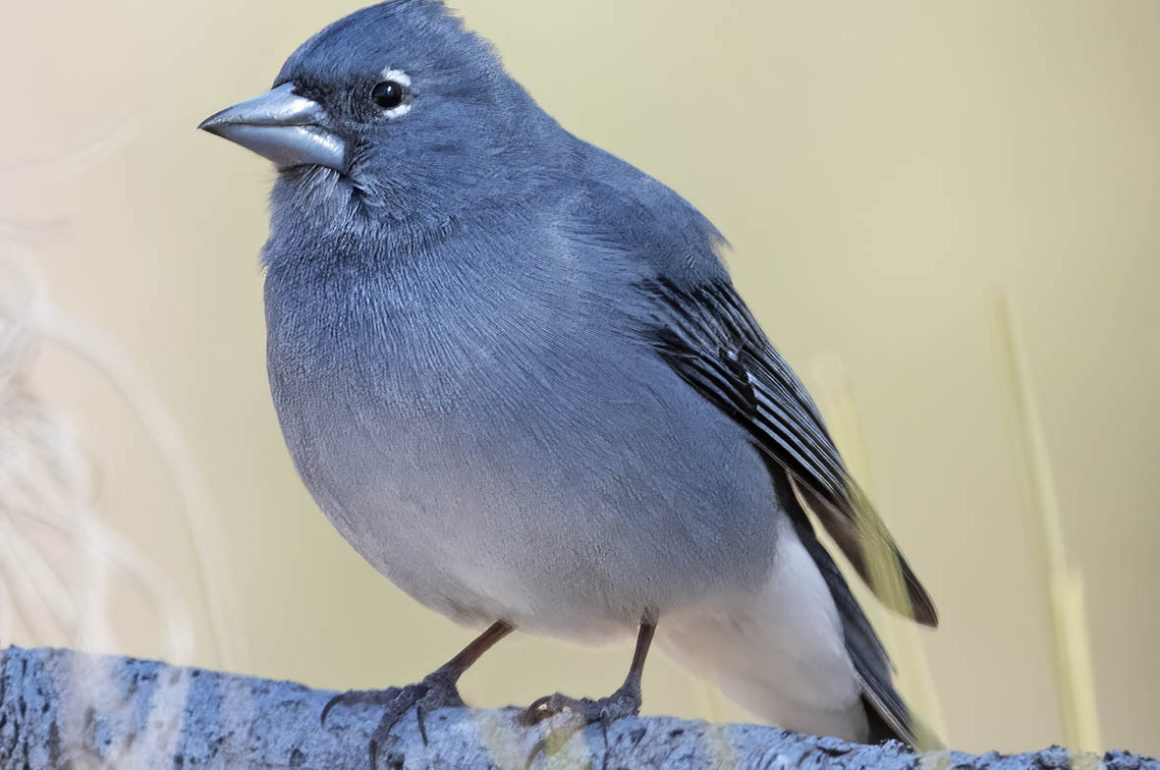
I was on Tenerife, Canary Islands, last week and I took the opportunity to stay a couple of days longer to revisit some old haunts. As with most volcanic islands, there are few species on Tenerife but they tend to be endemics (at species or subspecies levels) and they are generally quite abundant in their preferred habitats. Having arrived at islands, and managed a foothold, many island species then widen their niches and expand into habitats which they wouldn’t normally occupy. This accounts, in part, for their high density.
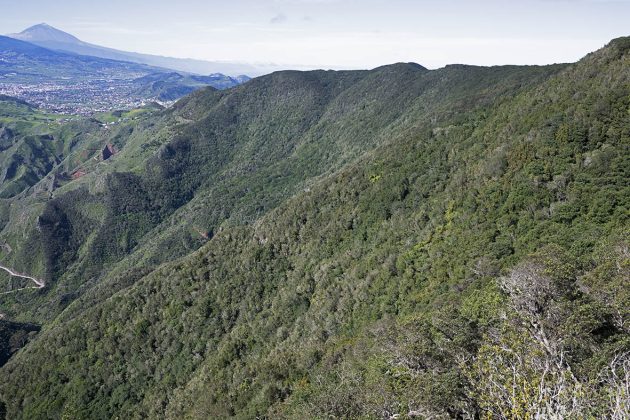
The remaining laurisilva on Tenerife, the ancient sub-tropical laurel forest which once covered much of southern Europe, is well-preserved. It is a veritable jungle, dense, impenetrable in places, and dark.
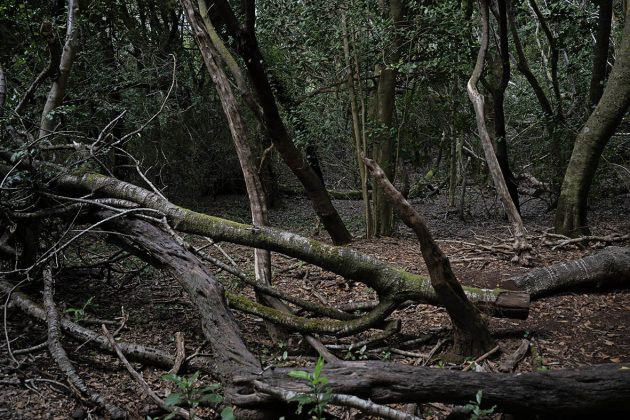
Finding birds in here is difficult but I was happy to find the two species which I was after, which have been given full species status since the last time I was here. The first to show up was the Canary Islands Chaffinch (Fringilla canariensis), a bird that immediately reminded me of its counterpart the Madeira Chaffinch (Fringilla maderensis) which I have seen on that island. Like its cousin, it is a stunning bird. Recent genetic work on the chaffinches of the Macaronesian islands is revealing a complex picture of repeated colonisations, these particular chaffinches having established populations on the Azores and from there colonized first Madeira and, from there, the Canary Islands.
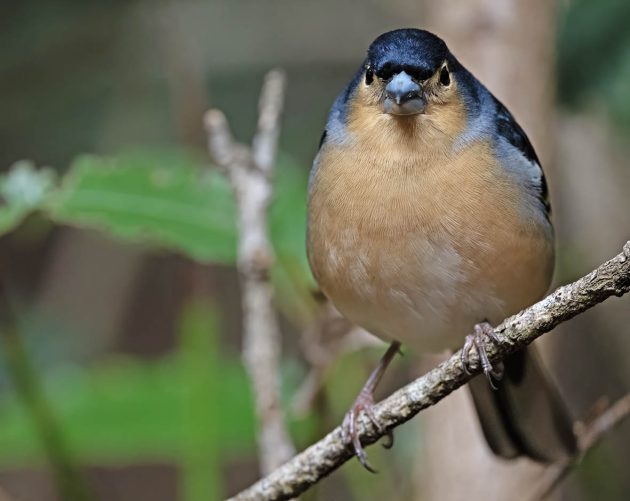
The second bird was identified as a cryptic species in 2022. It is the Tenerife Robin (Erithacus superbus). It showed up shortly after the chaffinch and it made my day in the wonderful laurel forests on Tenerife.
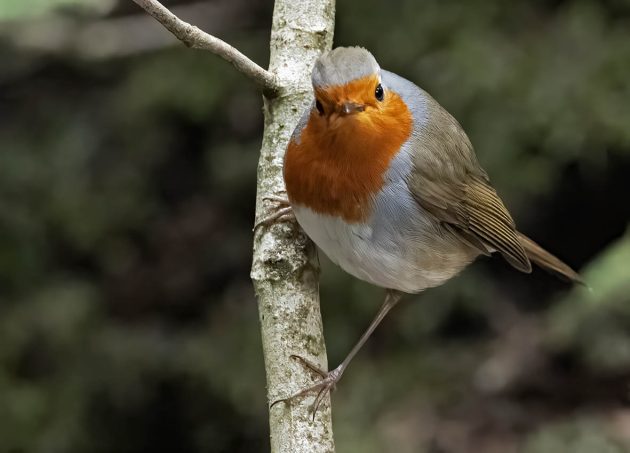
After this I decided to revisit an old location higher up, over 2,000 metres towards the peak of El Teide. Twelve years on and this site was still as promising as it had been during my first visit. The setting was a mountain forest of Canary Islands Pine (Pinus canariensis).
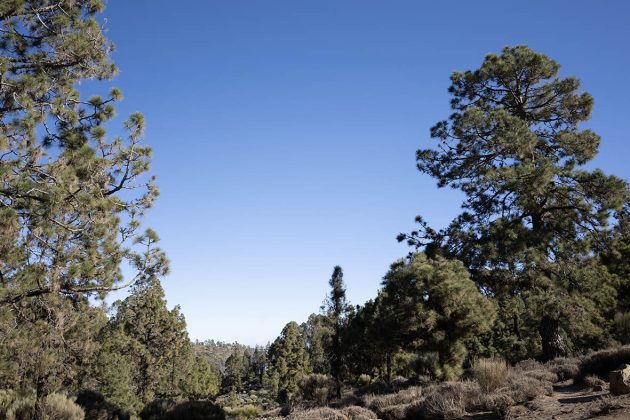
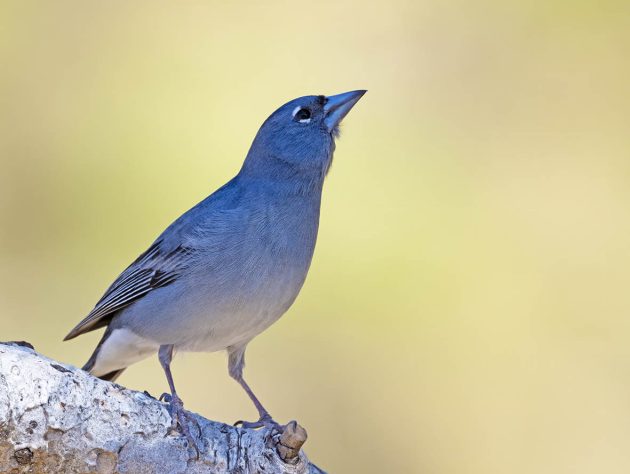
My main target species had already been given species status when I had last been here but now the population on Tenerife had been split from that on the nearby Gran Canaria. I’m referring to the Tenerife Blue Chaffinch (Fringilla teydea) and its close relative the Gran Canaria Blue Chaffinch (Fringilla polatzeki). Now in fresh plumage at the start of the breeding season, this was another stunning find and not just one bird but several within a small area of forest. These blue chaffinches are larger than the “common” chaffinch types and reflect an earlier colonization event by chaffinches from the mainland.
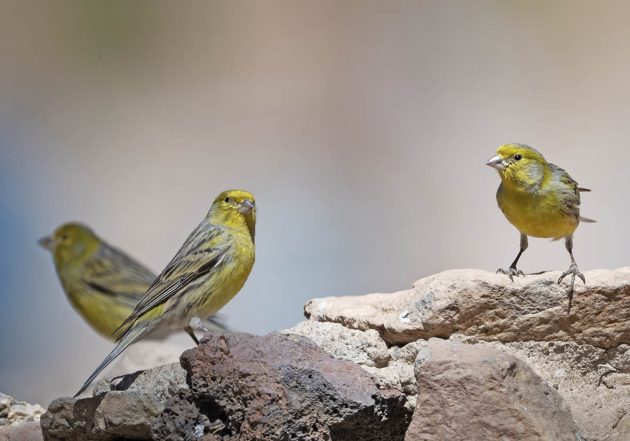
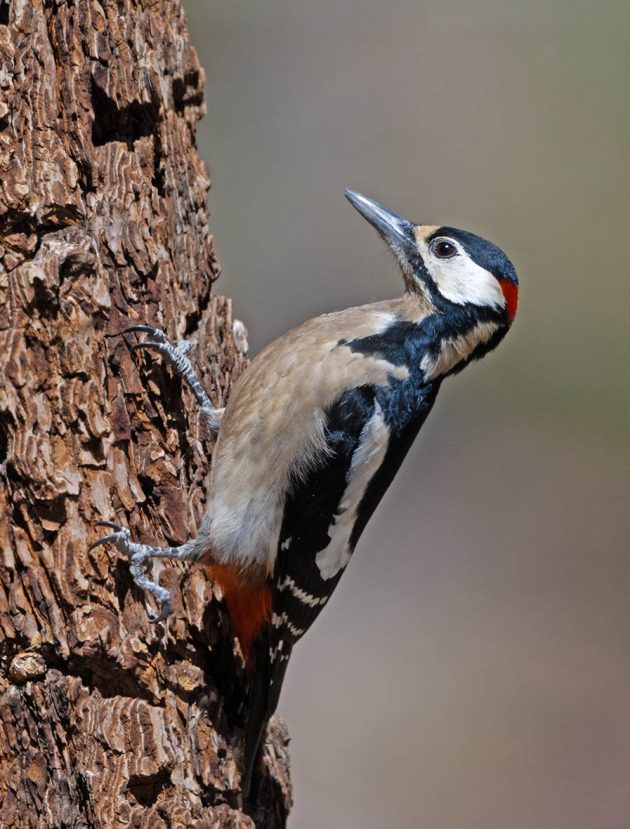
The visit was complete with the beautiful Atlantic (or Island) Canary (Serinus canaria) and the Canarian Great Spotted Woodpecker (Dendrocopos major canariensis). Returning to the city of Santa Cruz, its parks were full of singing Canary Island Chiffchaffs (Phylloscopus canariensis), Blackcaps (Sylvia atricapilla heineken) and Blackbirds (Turdus merula cabrerae). A nice end to a lightning visit.
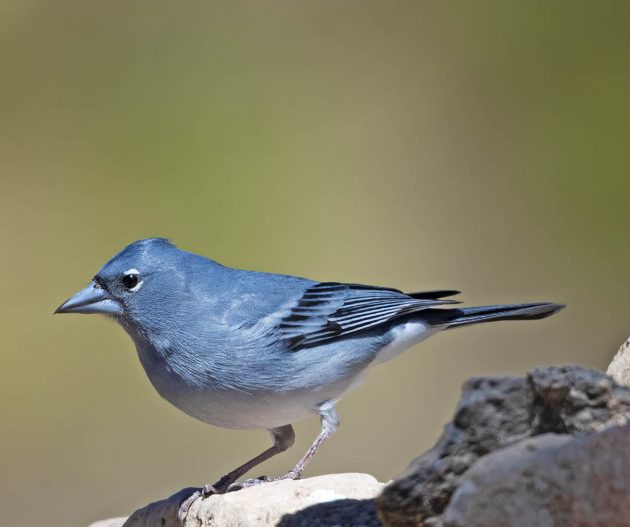

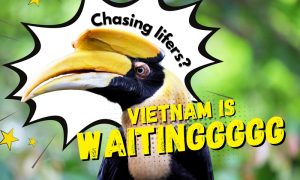
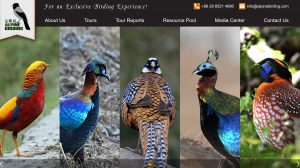
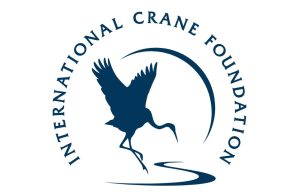
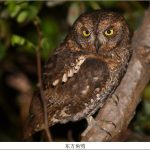
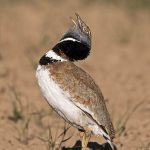
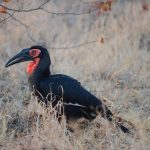
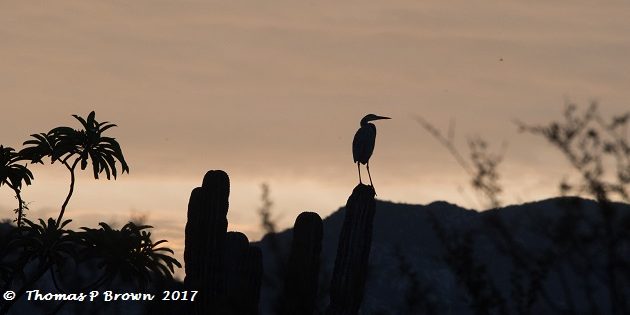
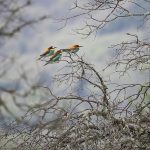
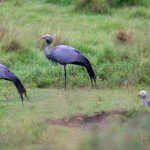
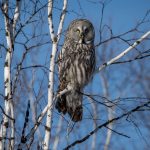
Macaronesia is amazing and not just for birds. And a certain company should really sponsor Blackcaps (Sylvia atricapilla heineken)…
I have fond memories of seeing the Tenerife Blue Chaffinch many years ago. It comes as a bit of a surprise when you visit a picnic site up in the pine forest and find yourself surrounded by some of the rarest birds in the world picking over crumbs left by former visitors. Incidentally the Atlantic Canaries are the wild ancestor of the domesticated bird.